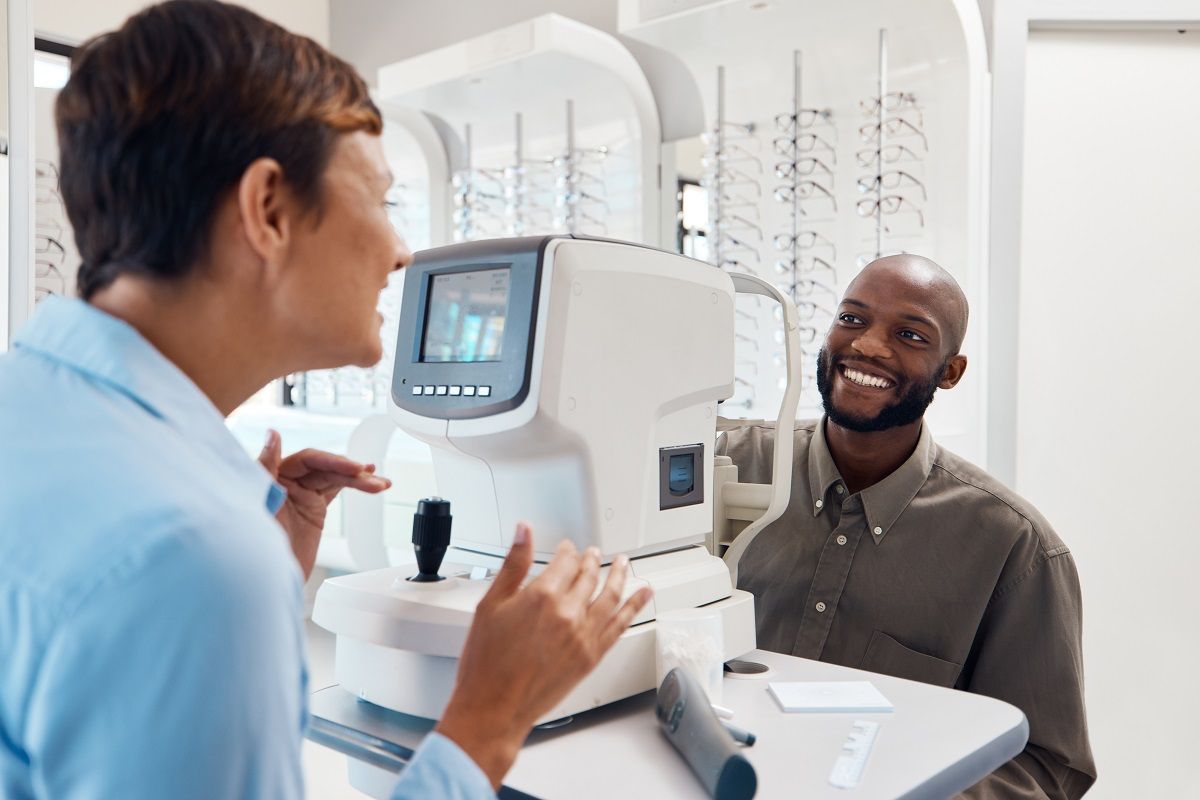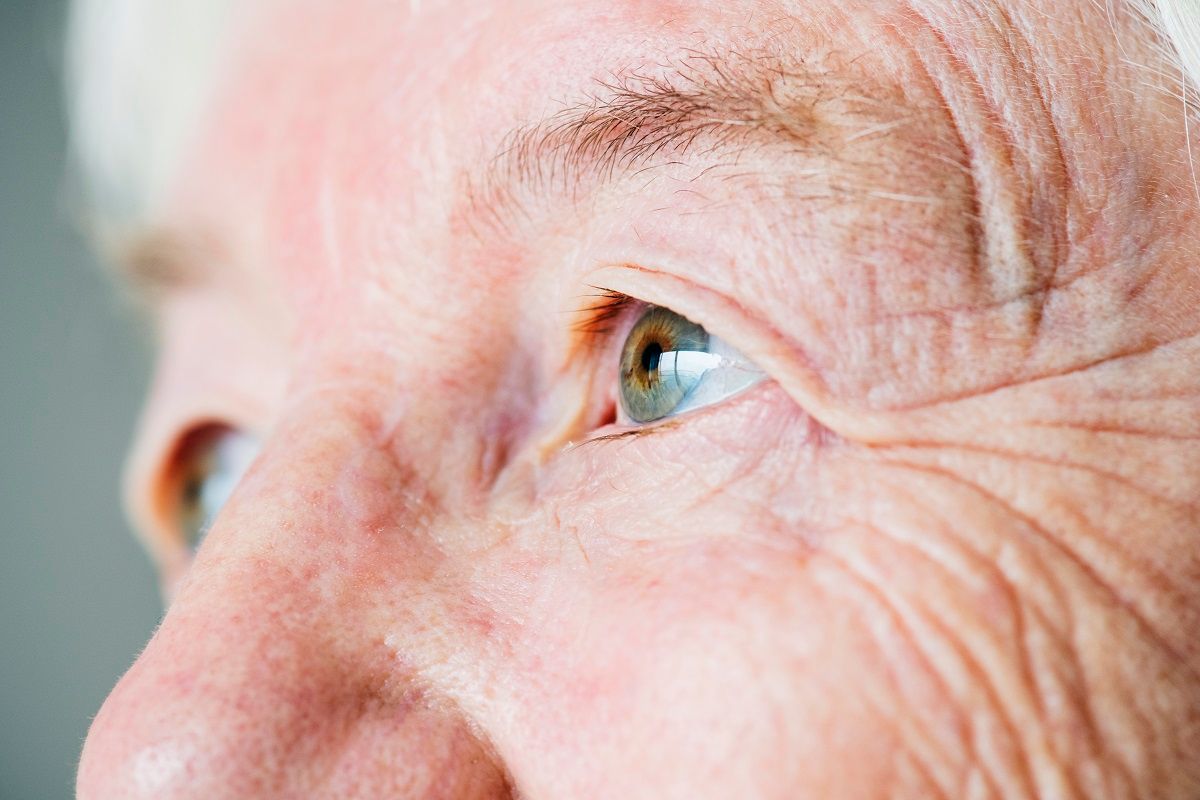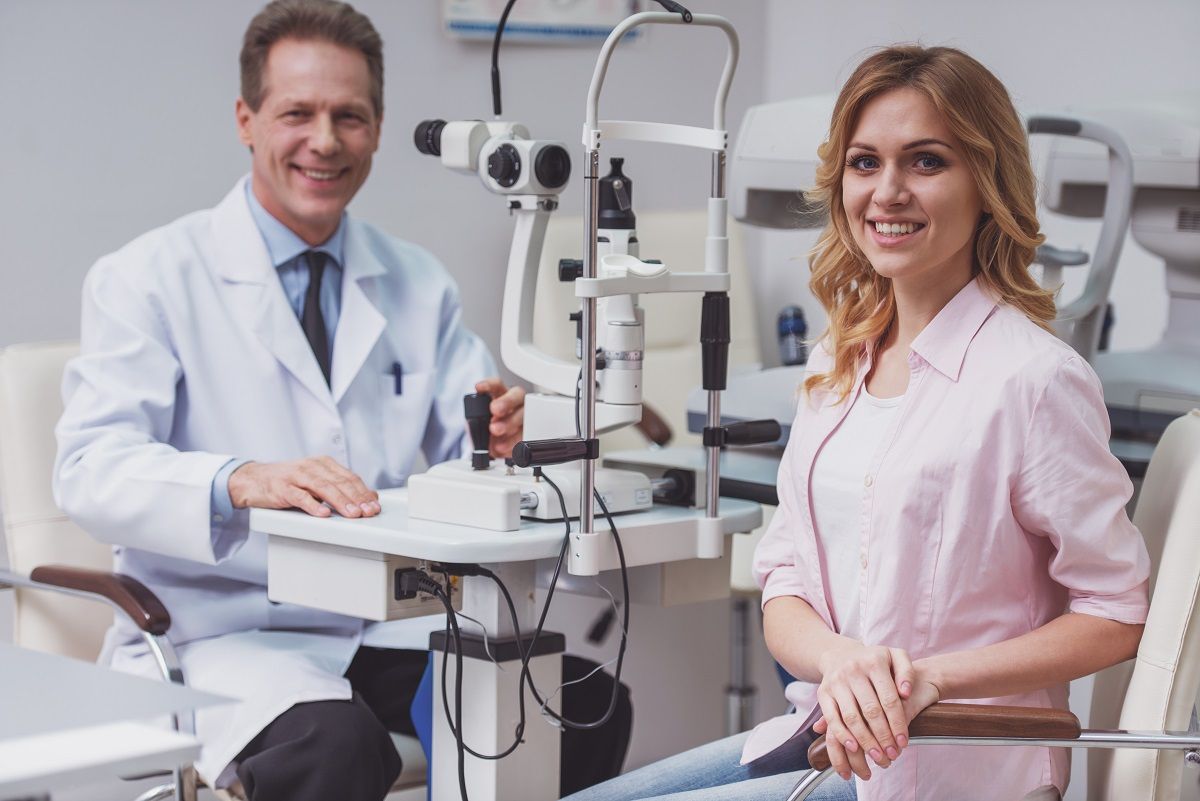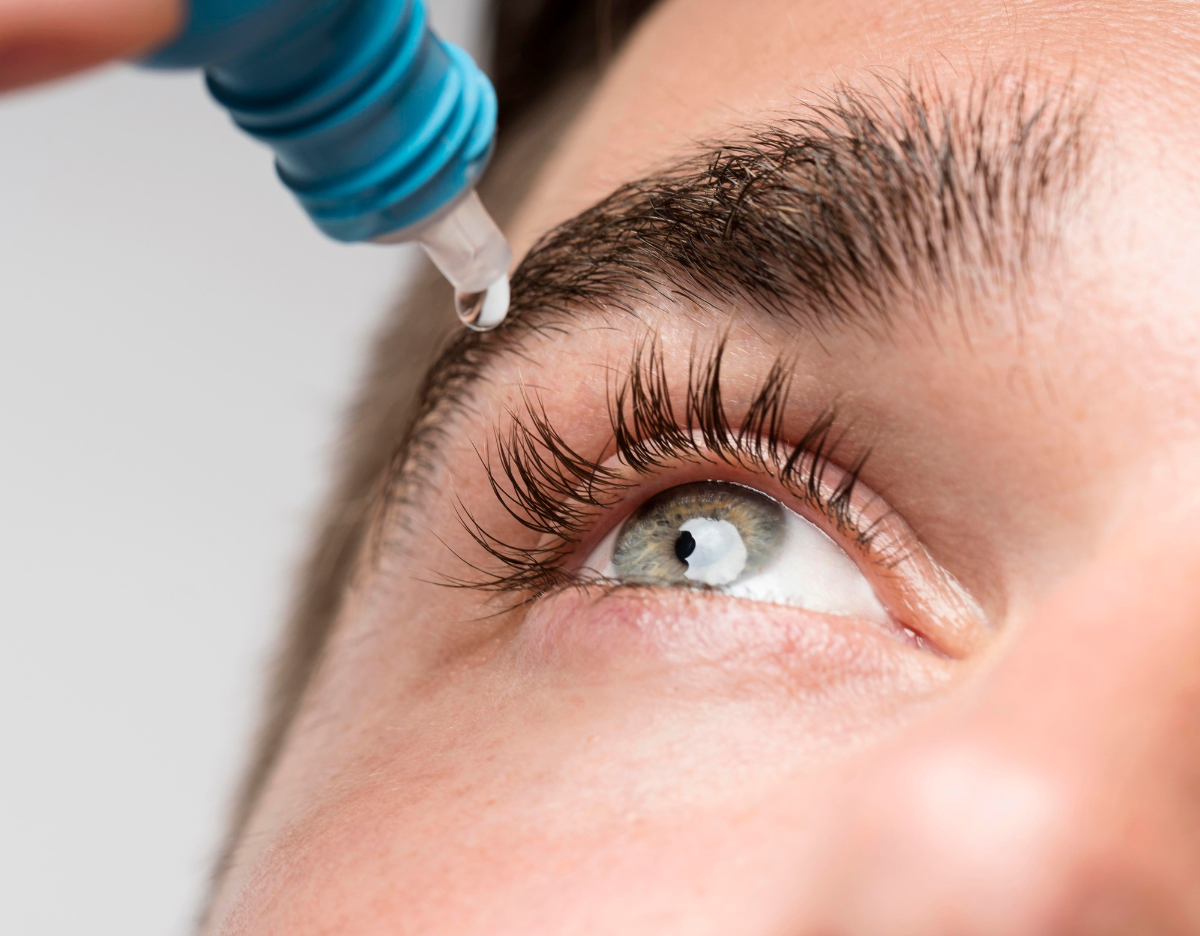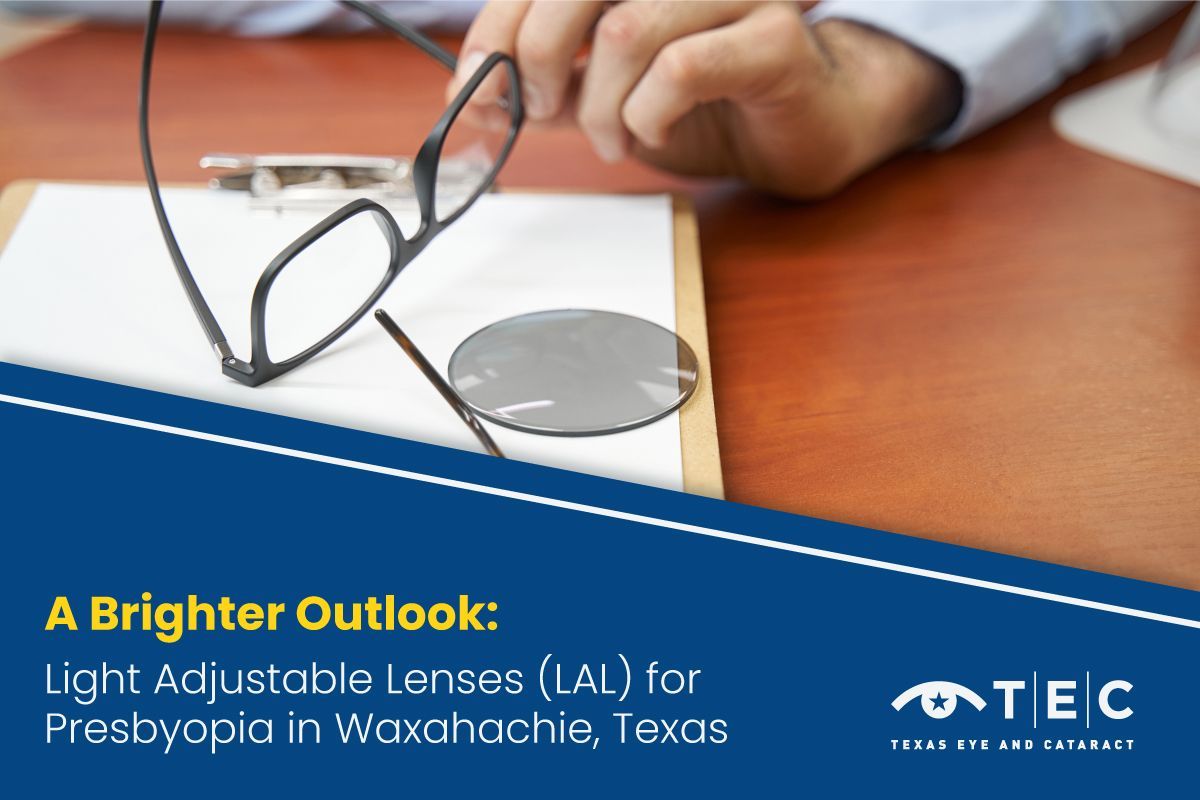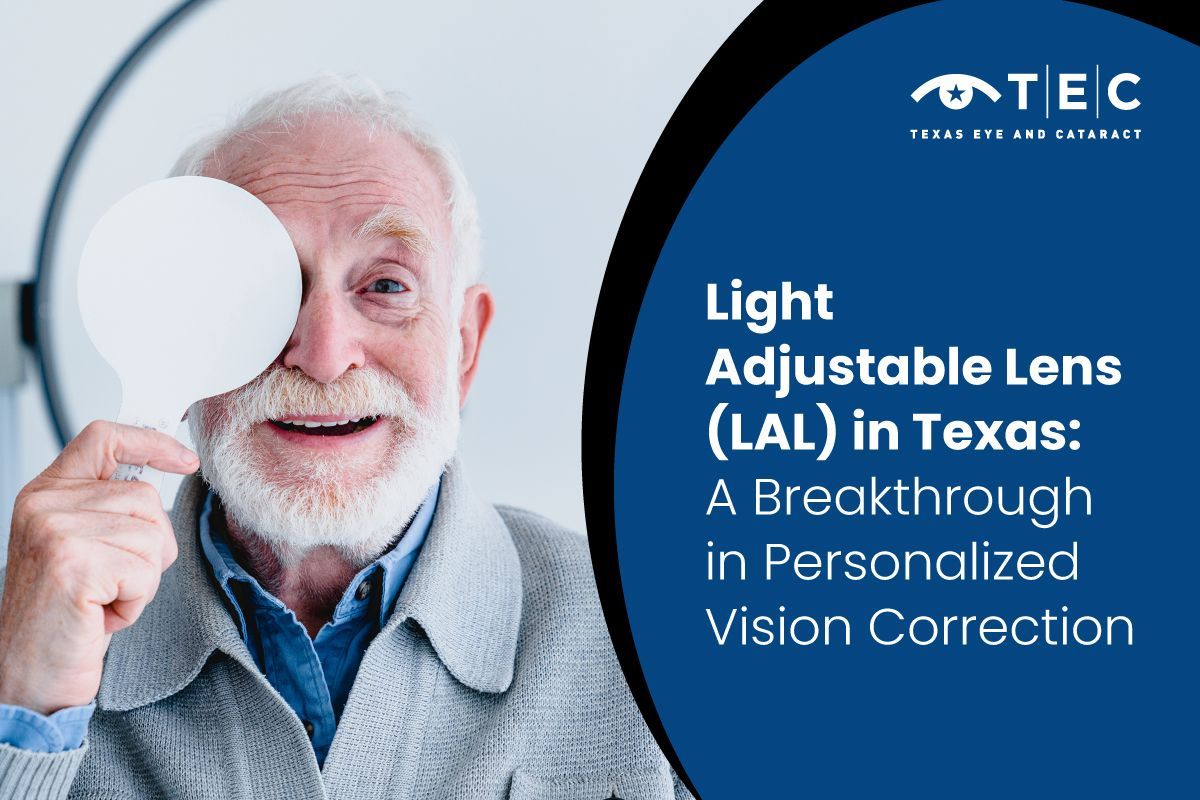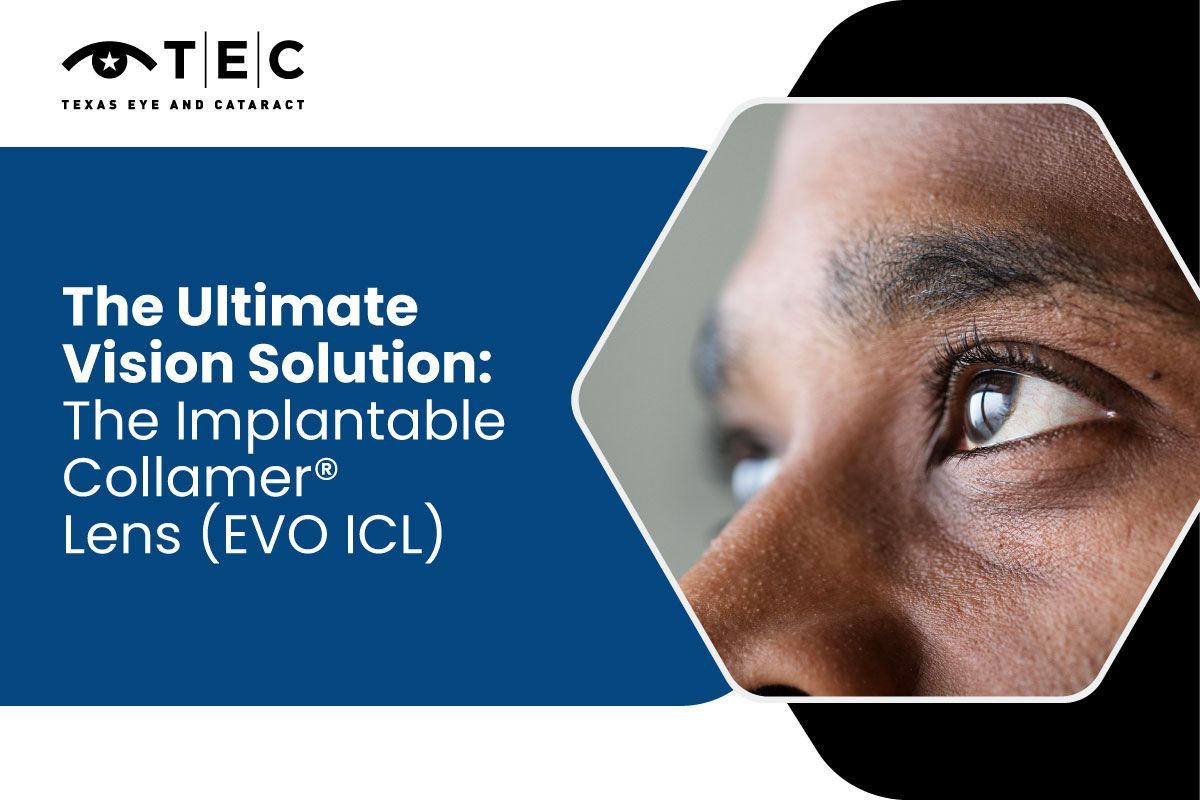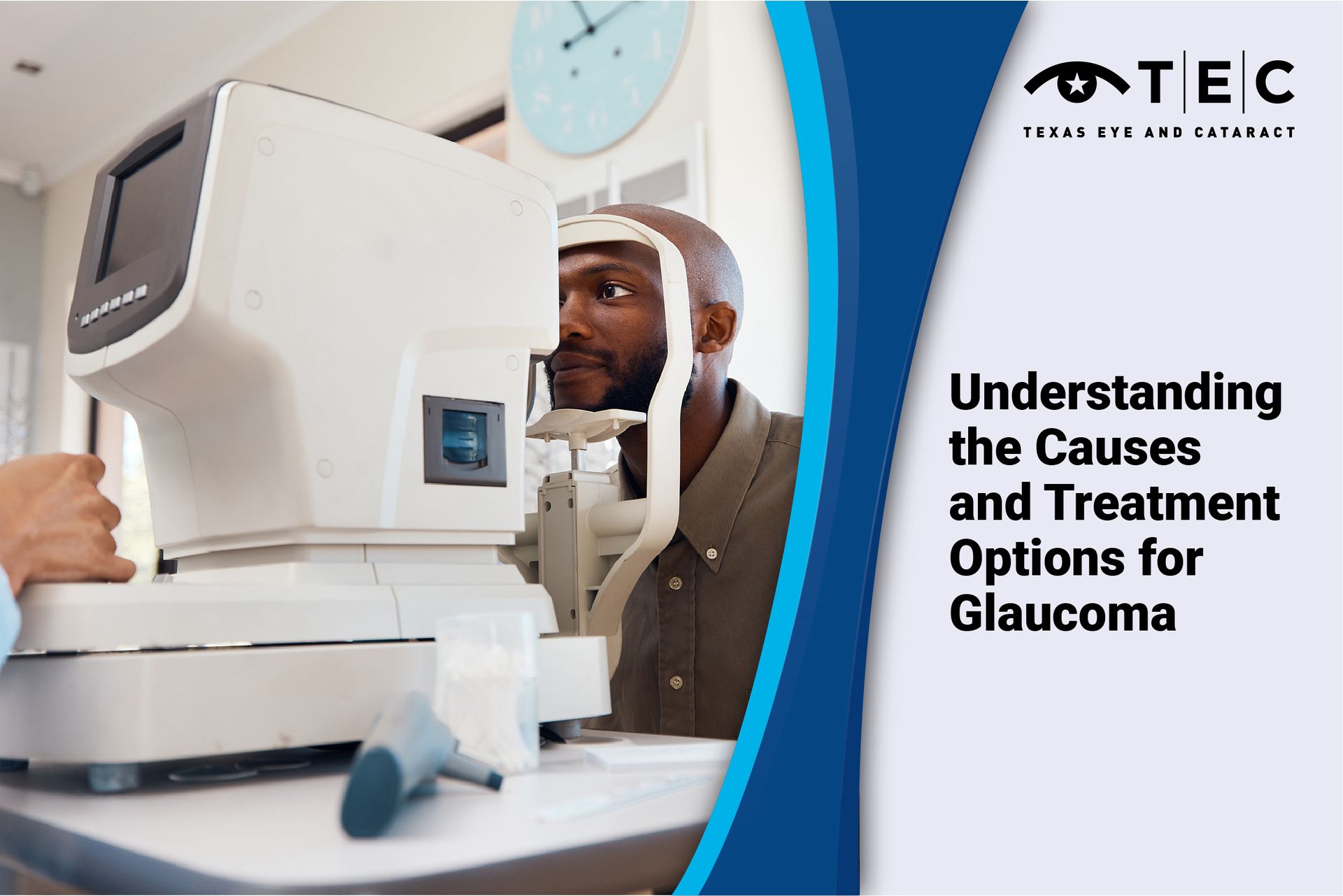5 Eye Problems You Should Never Ignore

Overview
Over 21 million Americans suffer from eye problems, according to the CDC. Most of these eye problems can be corrected with eyeglasses or contact lenses, such as hyperopia (farsightedness) or myopia (nearsightedness).
If detected early, certain eye diseases – such as glaucoma, retinal detachment, diabetic retinopathy, and age-related macular degeneration – can lead to
permanent vision loss.
Knowing the possible cause of some eye health issues can help you alert your doctor immediately if these occur. Here are five eye problems you should never ignore:
1. Age-Related Macular Degeneration
In developed countries, age-related macular degeneration (AMD) is the leading cause of blindness in people aged 60 and older. Around the world, 8.7% of blindness is due to this eye problem.
Facts about AMD
- Those suffering from age-related macular degeneration (AMD) lose their central vision as they age.
- People rarely go blind from AMD, which can cause severe central vision loss.
- Older age, smoking, high blood pressure, and a high-fat diet contribute to AMD.
- There is no cure for AMD, but treatment options are available to slow its progression or prevent it.
Symptoms of AMD
The following symptoms characterize age-related macular degeneration. However, these symptoms may vary according to the individual.
- Blurry vision
- Difficulty recognizing familiar faces
- Straight lines appear wavy.
- A dark, empty area of blind spot appears in the center of vision.
A prominent early sign of age-related macular degeneration is
drusen. This may indicate that AMD is more likely to become severe.
What Can I Do to Lower My Risk of AMD?
By making these healthy choices, you may be able to reduce your risk of AMD (or slow its progression):
- Eat healthy foods, including green leafy vegetables and fish.
- Avoid smoking
- Get regular physical activity.
- Maintain healthy blood pressure and cholesterol levels.
2. Diabetic Retinopathy
Diabetic retinopathy is a serious eye health problem that is a complication of diabetes. Diabetic retinopathy happens when elevated blood sugar damages blood vessels in the retina. These vessels may swell and leak, causing eye problems (blurry vision) due to impaired blood flow. The disease usually affects both eyes.
Diabetic Retinopathy Risk Factors
Diabetic retinopathy can develop in people with diabetes
type 1,
type 2, or
gestational diabetes (diabetes during pregnancy). You are more likely to develop this eye disease if you have had uncontrolled diabetes for a long time.
Risk also increases with the following factors:
- Elevated blood sugar, high blood pressure, and high cholesterol levels.
- Race/ethnicity: An increased risk exists for African Americans, Hispanics, and Native American groups.
What Happens When You Have Diabetic Retinopathy?
Diabetic retinopathy often has
no symptoms, especially in its early stages. As it gets worse, the presence of symptoms might be too late. These symptoms include:
- Seeing an increasing number of floaters,
- Blurry vision,
- Blank or dark areas in your field of vision,
- Losing vision.
How Can I Lower My Risk for Diabetic Retinopathy?
Following these steps will protect your vision and lower your chances of vision loss:
- An eye exam. Your doctor can detect diabetic retinopathy early if you have a dilated eye exam at least once a year.
- Keep your blood sugar levels under control as much as possible. Controlling your blood sugar levels will decrease the chances of damaging the blood vessels that supply the retina.
- Make sure you maintain your target blood pressure and cholesterol levels. The American Diabetes Association recommends a BP goal of <130/80 mmHg for patients with diabetes. Additionally, ADA also recommends an LDL cholesterol goal of < 100 mg/dl to lower your risk for cardiovascular events and diabetic retinopathy.
- Stop smoking. In addition to lowering your diabetes-related eye disease risk, quitting improves your overall health.
- Get moving. The benefits of physical activity include protecting your eyes and managing diabetes.
3. Glaucoma
When fluid builds up in the front of the eye, the
intraocular pressure increases, leading to glaucoma. As a result, damage to the
optic nerve ensues, which handles relaying signals from the brain to the eye.
Without early diagnosis and treatment, glaucoma can cause vision loss. Often, it affects adults in their
70s and 80s, but it can affect anyone.
How Serious is Glaucoma?
Glaucoma can lead to further damage to the optic nerve when left untreated. A damaged optic nerve decreases the ability to transmit information from the eyes to the brain, eventually leading to vision loss and blindness.
Once damage to the optic nerve is present, no treatment can reverse it back to its normal state. Thus,
early detection and prevention increase your chance of delayed glaucoma progression.
Risk Factors for Glaucoma
Several factors can increase the risk of developing glaucoma, including:
- Age. People >60 years of age are at increased risk for the disease.
- Having a family history of glaucoma. It is more likely for someone to develop glaucoma if they have a family history of the disease.
- Use of corticosteroids. There is evidence that prolonged use of corticosteroids (including cortisone, hydrocortisone, and prednisone) can lead to secondary glaucoma.
- Various medical conditions. The risk of developing glaucoma increases with high blood pressure, diabetes, and heart disease.
- Other eye-related risk factors. Several features of eye anatomy indicate an increased risk of developing glaucomas, such as thinner corneas and optical nerve sensitivity.
Early Signs of Glaucoma
Knowing some early signs of glaucoma can help you prevent further damage to your vision. Here are some to remember:
- Eye pain
- Headaches
- Rainbow-colored halos around lights.
- Low vision, blurred vision, narrowed vision (tunnel vision) or blind spots.
- Nausea and vomiting.
Read
Glaucoma: Why It Happens and How To Treat It to learn more.
4. Cataract
Cataracts are severe eye disorders characterized by cloudy or opaque areas in the eye's usually clear lens. As a result, it can cause problems to the eye, most likely interfering with normal vision, depending on its size and location.
Who is At Risk of Having Cataracts?
Most
cataracts occur when the eye's lens becomes cloudy or opaque due to age-related changes. Cataracts can also develop due to other factors, such as:
- Diabetes (people with diabetes have a higher risk of cataract formation)
- An early family history of cataracts
- Overexposure to UV rays and the sun for many years
In rare cases, cataracts develop shortly after birth or are present at birth. Infections in the mother during pregnancy (such as rubella) can cause them to develop. The development of a cataract may also follow an
eye injury or other eye surgery, such as glaucoma surgery.
Early Signs of Cataract
You may notice the following vision changes if you have a cataract:
- Blurred vision
- Double or ghosted images appear in the eye when you have cataracts
- Having an extreme sensitivity to light
- Having difficulty seeing at night
- The colors seem faded or yellow instead of bright.
Notify your ophthalmologist if you experience any of these cataract symptoms.
The Effects of Untreated Cataracts
If a cataract is left untreated, the disease progresses and puts you at risk for accidental injuries, glaucoma, and even blindness. At its advanced stage, cataract surgery is more complicated and increasingly complex. It also puts you at a higher risk for complications.
Also, read
Here's Everything You Need to Expect During a Cataract Eye Surgery.
5. Amblyopia or "Lazy Eye"
A person with
amblyopia usually suffers from poor vision in just one eye. The condition occurs less commonly in both eyes. When left untreated, this serious eye problem can lead to
blindness in children.
How Does Amblyopia Develop?
As a result of a breakdown of
brain-eye communication, amblyopia occurs when the brain cannot
recognize sight from one eye. As the brain grows accustomed to using the stronger eye, vision in the weaker eye becomes worse.
Other eye problems most commonly cause amblyopia. When these other conditions are ignored, the brain starts to rely on the eye for better vision, thus causing amblyopia.
Symptoms of Amblyopia
It can be challenging to notice the symptoms of amblyopia. In kids with amblyopia, there is impaired depth perception - they have difficulty determining how close or far something is. The following signs may also indicate that a child is having difficulty seeing clearly:
- Keeping one eye closed
- Squinting
- They tilt their heads to one side.
Often, parents are unaware their child has amblyopia until an eye doctor diagnoses it. To prevent this, kids between
ages 3 and 5 should have an eye exam at least once.
How Do I Know If My Child Is At Risk For Amblyopia?
Amblyopia can be congenital or develop later in childhood. Amblyopia is more likely to occur in kids who:
- A family history of other eye problems.
To learn more about how Amblyopia is treated, read
Amblyopia (Lazy Eye).
Early Detection is Early Prevention
Early detection of eye problems cannot be overstated to prevent serious consequences. If you are searching for an "eye doctor near me", in Waxahachie, Texas, look no further! At Texas Eye and Cataract, we offer the best eye services to help you detect early signs of eye problems in Texas with our comprehensive eye exams! Our team of eye care professionals at
Texas Eye and Cataract provides a multitude of eye care services to detect and treat some eye problems you should never ignore.
At Texas Eye and Cataract, you are in good hands.
At Texas Eye and Cataract, we know how important it is to see life with clear vision. We understand that being your best means seeing your best.
Copyright © 2023 Texas Eye and Cataract. All rights reserved.
Quick Links
Eye Care Services
Get In Touch
Copyright © 2022 Texas Eye and Cataract. All rights reserved.


